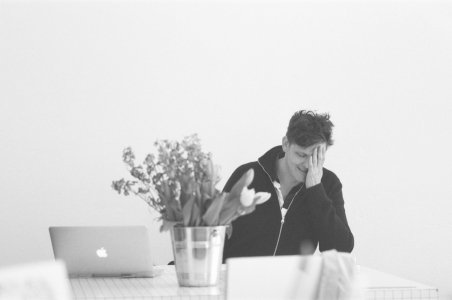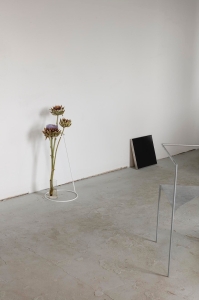Head of Department: Univ.-Prof. BSA Sam Chermayeff
Architecture is not a profession on the margins. We have agency.
We can work toward a celebration of
the extraordinary in the ordinary. (Or, just celebrate the ordinary.)
We are part of a cultural shift here
and now. The 20th century was about serving, if not actually helping, masses of people, who were the same, a constituent community
in the best sense. This notion gave rise to functional design aspirations. Now, a generation after Thatcher and Reagan, no
one wants to be the same as anyone else. Our aspirations, for better or worse, are not about keeping up with our neighbors;
they are about becoming singular. We need to embrace this in the hopes of making change in a diverse world. We do not all
need the same (better) toaster. We must now grasp the agency afforded by our profession to think about different points of
view and different ways of life. We need to address the particular and hopefully discover that the search is universally resonant.
We will not have all the answers. We will be looking to new people with new points of view and new places with
different needs. We are going to need artists, politicians and thinkers to help us understand the word as it is and to imagine
how it might be different.
We are weighing cultural perception along with metric tons of concrete or timber. We are considering
the nature, shape, size of consumption in our lives and by extension the life of things. Architecture and design tell a story
about a life and vice versa.
To be clear we are making physical things. We are designing propositions while
researching the existing. Those things, interventions and buildings will be about people (and their impact on the environment)
from a meal to the table, to the house, to the community, to the neighborhood and so on.
Chermayeff was born in
New York in 1981 and studied at the University of Texas and the Architectural Association in London. He is a founding partner
of the offices June 14 Meyer-Grohbrügge & Chermayeff and Sam Chermayeff Office, which realise projects in Berlin and New
York. His best-known works include the Serpentine Pavilion 2009 and his participation in the Venice Architecture Biennale
2
He has also taught at renowned institutions such as Columbia University and Cornell University. His research
focuses on the social and ecological responsibility of architecture and the design of communal living spaces.





